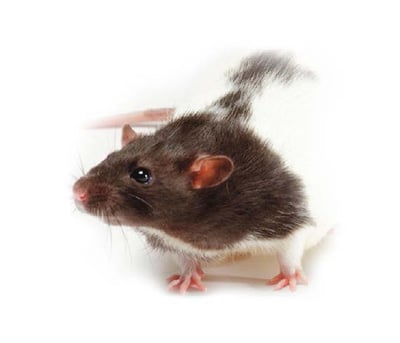Lrrk1-Lrrk2 knockout rats
HsdSage:LE-Lrrk1/Lrrk2em1Sage

Location
Order Today
Typically heterozygous rats are cryo-recovered in 10-12 weeks to an age of 7 weeks old. Subsequently homozygous rats to an age of 7 weeks old can be produced within 20-22 weeks.
- Background strain: Long Evans Hooded
Availability: Cryopreserved as heterozygous embryos
Zygosity: Heterozygous as live colony
Developed in collaboration with The Michael J. Fox Foundation, this model is a double knockout that contains deletions of both the Lrrk2 gene, encoding for the leucine-rich repeat kinase 2, as well as the Lrrk1 gene, encoding for the leucine-rich repeat kinase 1. Mutations in Lrrk2 are the most common monogenic cause of Parkinson's disease. This model is useful in understanding Lrrk biology.
Origin: The Lrrk1-Lrrk2 KO rat model was originally created at SAGE Labs, Inc. in St. Louis, MO and distributed out of the Boyertown, PA facility. The line continues to be maintained through the original SAGE Labs animal inventory acquired by Envigo, then Envigo was acquired by Inotiv in 2021.

Available regions:
For pricing information, please contact us using the phone number above.

Research use and related publications
- Neuronal apoptosis
- Neuroscience
- Parkinson's disease





